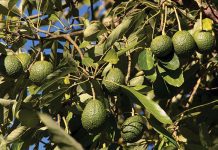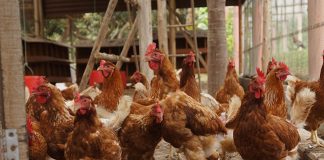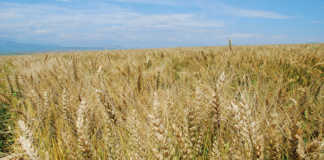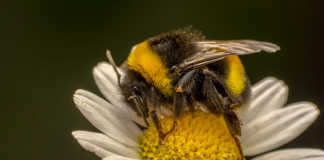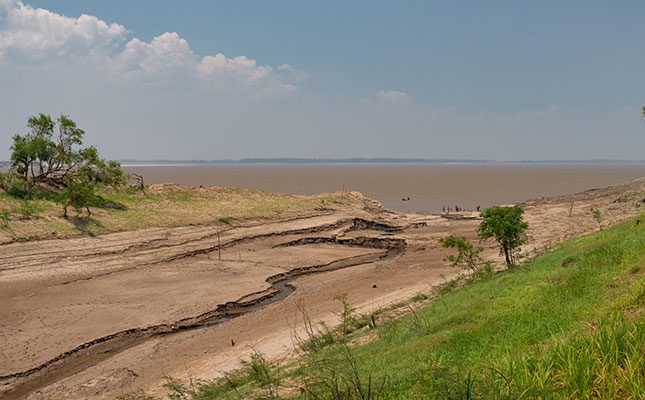
The Ag Economists‘ Monthly Monitor survey is a joint effort between Farm Journal and agricultural policy research centre at the University of Missouri in the US.
However, the survey for January showed that only 43% of economists believed that Brazil would retain its top spot as maize exporter.
Read Understanding the value of maize
Agricultural economist at the University of Missouri, Ben Brown, told the agweb.com website that for Brazil to retain this title, timing was all important.
This was due to potential production challenges expected for the safrinha maize crop.
However, the dry weather conditions experienced in Brazil as the beginning of the growing season were not expected to dampen its soya bean export prospects. According to the latest figures, Brazil’s soya bean exports for the first four weeks of January achieved a new record of 2,6 million tons.
The January Ag Economists’ Monthly Monitor, predicted that this trend could continue, despite projections for lower production.
The survey, which was conducted among almost 70 agricultural economists across the US, indicated that 93% of these economists believed Brazil would remain the world’s largest exporter of soya bean this year, agweb.com said.
“On the soya bean side, that was a clear indication that Brazil would continue to be the lead exporter of soya bean,” the founder and president of Advanced Economic Solution and a respondent in the January Monthly Monitor, Bill Lapp said.
“[The outlook for maize] is iffier, and it will depend on the final, second crop there, the suffering of [the] crop and how that ends up.”
“I think weather is playing into that uncertainty, maybe more on the maize side: What’s the crop in Brazil looking like at the end of the day? And some stronger maize exports out of the US maybe made that not quite as easy of an answer as it’s been for soya bean,” Brown said.
While the planting season for the safrinha maize crop had just commenced, it generally amounted to larger production volumes in Brazil, where farmers planted maize year-round. Generally speaking, this crop accounted for 70% to 75% of that country’s total annual production, agweb.com reported.
“I think that all eyes are on what actually happens with that safrinha maize crop,” says Krista Swanson, lead economist for the National Corn Growers Association (NCGA).
“Weather dictates how many acres get planted, I think as we also look at where prices are right now, do those farmers have an economic incentive right now to even plant maize as a second crop? I know some of those farmers, last year, were selling that second crop at a loss.
“And if you’re [a] farmer making that decision, you’ve got a lot to weigh. You’re potentially getting it planted later than normal, and then you know that the price isn’t there to really drive those additional acres.”






